Remembering the Bonnie Prince...
Prince Charles Edward, the "Bonnie Prince"
d. 31 January 1788
with Cameron of Locheil and either MacDonald of Clanranald or Lord Forbes of Pitsligo
31 January is the anniversary of the death of Bonnie Prince Charlie, the noble prince who was true king of these islands but was only prevented by reason of his being a Roman Catholic.
30 January is also the anniversary of the death of his great-grandfather, King Charles I, the martyr king who was illegally tried and brutally put to death by the murderous and rebellious Puritans under the odious Oliver Cromwell.
The death of the King was a most shocking act of rebellion against God and man and rightful authority and se the tone for subsequent bloody rebellions to come thereafter, not least the bloody and accursed French Revolution of ill fame.
There was not the slightest pinch of justice in the treachery of Cromwell and his rebellious storm-troopers who were traitors to a man, looking to line their own pockets and seize power by their treacherous deeds. King Charles, by contrast, behaved with great dignity, noble serenity and most king-like demeanour, so that it was said of him ever after:
"He nothing common did or mean
Upon that memorable scene..."
The martyr King, Charles I of England and Ireland,
murdered by the treacherous Puritans under Oliver Cromwell
murdered by the treacherous Puritans under Oliver Cromwell
Let us also pray for the soul of his great-grandson, the Bonnie Prince, Charles Edward Louis John Casimir Sylvester Severino Maria Stuart, who died this day in 1788. Interestingly, this means that he was de jure King over the newly found Australian colony, the First Fleet having landed 6 days before.
The Bonnie Prince, Charles Edward, in armour and ermine,
wearing the decorations of the Orders of the Garter and the Thistle
wearing the decorations of the Orders of the Garter and the Thistle
Of him it was sung all over the Highlands, Islands and Lowlands of Scotland, and much further afield, these words in song:
"Will he no come back again…
better lo’ed he canna be..."
Here are extracts from the 1948 film version made on the story of the Bonnie Prince, starring David Niven as the Prince and Margaret Leighton as Flora MacDonald. It is the best film version ever made, the remainder being largely mocking and offensive portrayals of the Prince. This extract has Loreena McKennit singing Bonny Portmore, in the background.
It is perhaps also a good day to remember the Most Honourable Sir John Paulet, 5th Marquess of Winchester, the defender-chatelain of the ever-loyal Basing House, for whom his fellow Roman Catholic, the poet, John Dryden, wrote him a stirring epitaph (see below).
Lord Winchester was remarkable for his steady loyalty to King Charles I the blessed royal martyr. It was perhaps with Winchester in mind that the King himself so memorably wrote:
In this, the learned and generous-minded king, perhaps unwittingly, echoed the teaching of the great Roman Catholic Doctor, St Thomas Aquinas, who held heaven open for any and all who be sorry for their sins and confess the Triune God and His Incarnation and Resurrection.
Lord Winchester garrisoned for the King his fine castle at Basing, and underwent a siege of two years, from August 1643 to 16 October 1645 on which day it was taken by the odious Cromwell, by storm, after having been defended with great gallantry to the very last extremity, no quarter being given by the savage and brutal Puritan revolutionaries.
The Marquess had written, in every window of Basing House, with a diamond, the motto “Aymez Loyaulté”, which became his motto and which has remained the motto of Stuart loyalists ever since.
The Puritan devils, incensed at this device, burned down his noble seat, (a conflagration which the false Cromwell imputed to accident) and destroyed and plundered property to the amount of 200,000l.
The Marquess himself was made prisoner. Later the devilish Cromwell ordered that Basing House be reduced two bricks in height and so it remains to this day, all that was once a mansion and castle as large as Hampton Court Palace.
The Marquess of Winchester survived until the Restoration of King Charles II and, having died premier marquess of England in 1674, was buried at Englefield Church, Englefield House, Royal Berkshire, a property he had owned but which is now owned, together with the church and the village, by the Benyon family, also of the old gentry.
Within the church is the monument, upon which Dryden’s verse is engraved, and it is made of black and white marble and a copartment underneath the lines bears this inscription:
"I am and ever shall be of such moderation as to keep aloof...from every undertaking which may testify any hatred to the Roman Catholic Religion; nay rather will I seize all opportunities...to remove all suspicions entirely; so that, as well as all confess one undivided Trinity and one Christ Crucified, we may be banded together unanimously in one Faith. That I may accomplish this, I will reckon as trifiling al my labours and vigilance, and even the hazards of Kingdoms and life itself."
In this, the learned and generous-minded king, perhaps unwittingly, echoed the teaching of the great Roman Catholic Doctor, St Thomas Aquinas, who held heaven open for any and all who be sorry for their sins and confess the Triune God and His Incarnation and Resurrection.
Lord Winchester garrisoned for the King his fine castle at Basing, and underwent a siege of two years, from August 1643 to 16 October 1645 on which day it was taken by the odious Cromwell, by storm, after having been defended with great gallantry to the very last extremity, no quarter being given by the savage and brutal Puritan revolutionaries.
The Marquess had written, in every window of Basing House, with a diamond, the motto “Aymez Loyaulté”, which became his motto and which has remained the motto of Stuart loyalists ever since.
The Puritan devils, incensed at this device, burned down his noble seat, (a conflagration which the false Cromwell imputed to accident) and destroyed and plundered property to the amount of 200,000l.
The defence of Basing House,
one of several tableaux in the lobby of the House of Lords, Palace of Westminster, London
The Marquess himself was made prisoner. Later the devilish Cromwell ordered that Basing House be reduced two bricks in height and so it remains to this day, all that was once a mansion and castle as large as Hampton Court Palace.
The Marquess of Winchester survived until the Restoration of King Charles II and, having died premier marquess of England in 1674, was buried at Englefield Church, Englefield House, Royal Berkshire, a property he had owned but which is now owned, together with the church and the village, by the Benyon family, also of the old gentry.
Within the church is the monument, upon which Dryden’s verse is engraved, and it is made of black and white marble and a copartment underneath the lines bears this inscription:
"The Lady Marchioness Dowager, in testimony of her love and sorrow, gave this monument to the memory of a most affectionate, tender husband."
On a flat marble stone, beneath the monument, is the following further epitaph:
“Here lieth interred the body of the most noble and mighty prince, John Powlet, Marquis of Winchester, Earl of Wiltshire, Baron of St John of Basing, first Marquis of England : A man of exemplary piety towards God, and of inviolable fidelity towards his sovereign; in whose cause he fortified his house of Basing, and defended it against the rebels to the last extremity. He married three wives: the first was Jane, daughter of Thomas, Viscount Savage, and of Elizabeth his wife, daughter and co-heir of Thomas Darcey, Earl of Rivers; by whom he had issue Charles, now Marquis of Winchester. His second wife was Honora, daughter of Richard Burgh, Earl of St Alban's and Clanricarde, and of Frances, his wife, daughter and heir of Sir Francis Walsingham, knight, and principal secretary of state to Queen Elizabeth; by whom he had issue four sons and three daughters. His last wife, who survived him, was Isabella, daughter of William, Viscount Stafford, secund son of Thomas Howard, Earl of Arundel and Surrey, Earl Marshal of England, and of Mary his wife, sister and sole heir of Henry, Lord Stafford, who was the heir-male of the most high, mighty, and most noble Prince Edward, last Duke of Buckingham of that most illustrious name and family, by whom he had no issue. He died in the 77th year of his age, on the 5th of March, in the year of our Lord 167 4.—By Edward Walker, Garter King of Arms."
The Most Honourable Sir John Paulet, 5th Marquess of Winchester,
one of the most loyal supporters of King Charles I
and the defender and owner of Basing House,
the last Royalist stronghold to fall in the Civil War
Englefield House is now owned by the Benyon family. The late proprietor, Sir William Benyon, was a former officer in her Majesty’s Royal Navy and a former member of Parliament in the Conservative interest for the Constituency of Buckingham, himself a fine and noble example of the best of the old Anglican gentry and ever a champion of just causes against the impious temper of our times.
His son, Richard, was commissioned into the Royal Green Jackets and is now a government minister.
The family took the name Benyon in order to inherit Englefield House.
The family name is Shelley, and they descend from the poet, Percy Bysshe Shelley, themselves, despite the poet’s apostasy into atheism, descended from the once Roman Catholic family of Shelley of Field Place, Sussex, among whom is numbered a former Turcopolier of the Sovereign Military Order of Malta, Sir Richard Shelley (the Turcopolier of the Sovereign Order was an office reserved exclusively for an Englishman).
When Queen Mary I (Tudor) had resolved to restore the Order of St John in England, Shelley was actively employed in making the necessary arrangements.
On the re-establishment of the Order in April 1557 Shelley was made Turcopolier, an office second in dignity to that of a grand prior, which latter honour was conferred on Sir Thomas Tresham (d. 1559).
In 1559, Shelley was sent on an embassy to the King of the Romans (heir to the Holy Roman Empire), and then made his way to Spain, where King Philip I of England and Ireland, and II of Spain, gave him a pension.
In October 1562 he was sent by King Philip to congratulate the new King of the Romans on his election.
In July 1565 Shelley set out for Malta, which was then closely besieged by the Turks, but got no further than Naples, and did not reach Malta until the Turks had retired.
On Tresham's death in 1566 Shelley became Grand Prior of the Knights of St John of England, but did not assume the title out of deference to the wishes of Queen Elizabeth I.
The office of Turcopolier, hitherto confined exclusively to Englishmen, was thereafter annexed to the Grand-Mastership.
The connections, therefore, with Englefield House and Lord Winchester, are thus propitious.
And here is Dryden’s most powerful epitaph for the loyal, virtuous and noble Marquess. What better epitaph could a man have?
He who, in impious times, undaunted stood,
And 'midst rebellion durst be just and good;
Whose arms asserted, and whose sufferings more
Confirmed the cause for which he fought before,
Rests here, rewarded by an heavenly prince,
For what his earthly could not recompence.
Pray, reader, that such times no more appear;
Or, if they happen, learn true honour here.
Ask of this age's faith and loyalty,
Which, to preserve them, heaven confined in thee.
Few subjects could a king like thine deserve;
And fewer, such a king so well could serve.
Blest king, blest subject, whose exalted state
By sufferings rose, and gave the law to fate !
Such souls are rare, but mighty patterns given
To earth, and meant for ornaments to heaven.
~~ +++ ~~


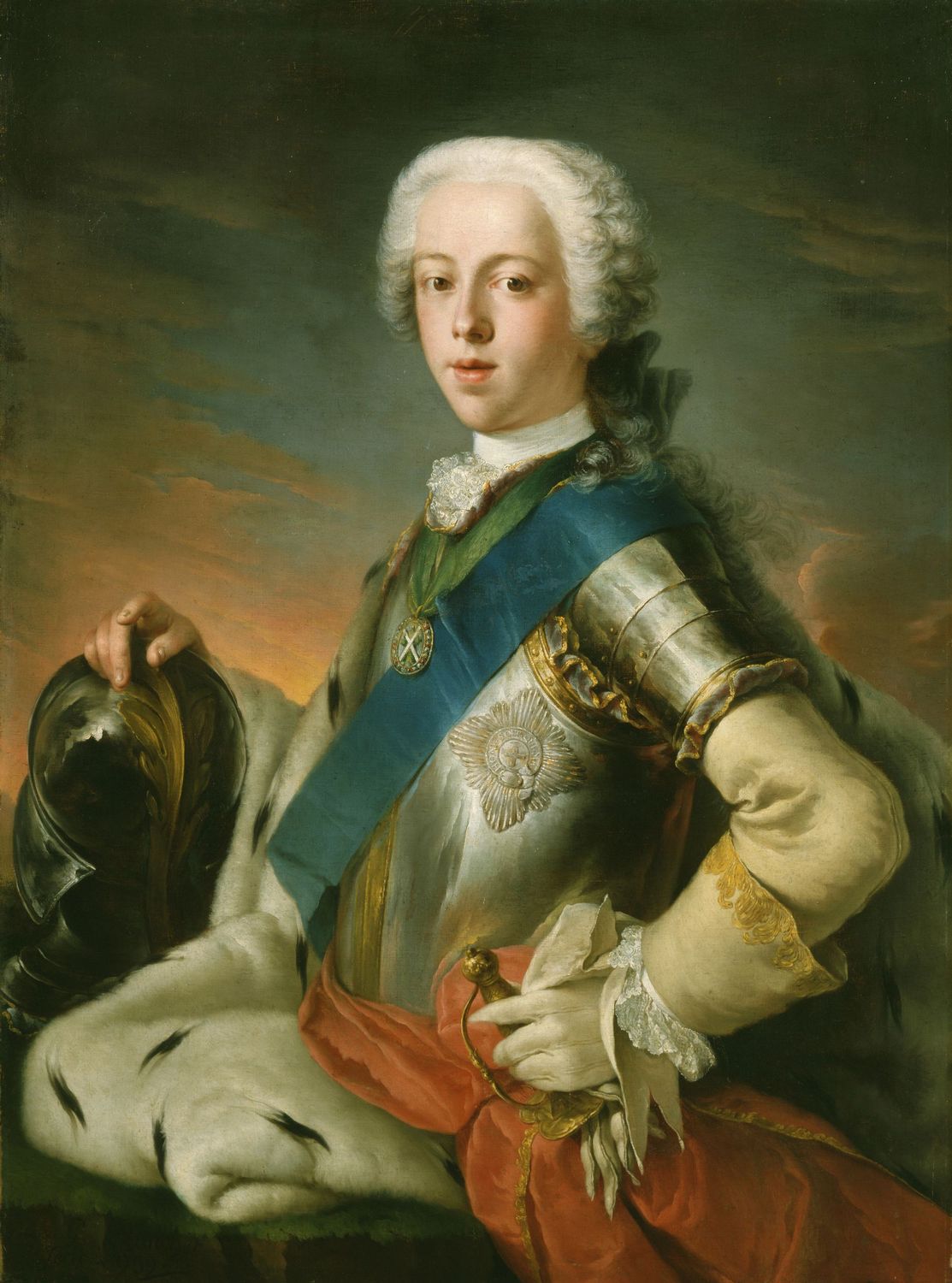





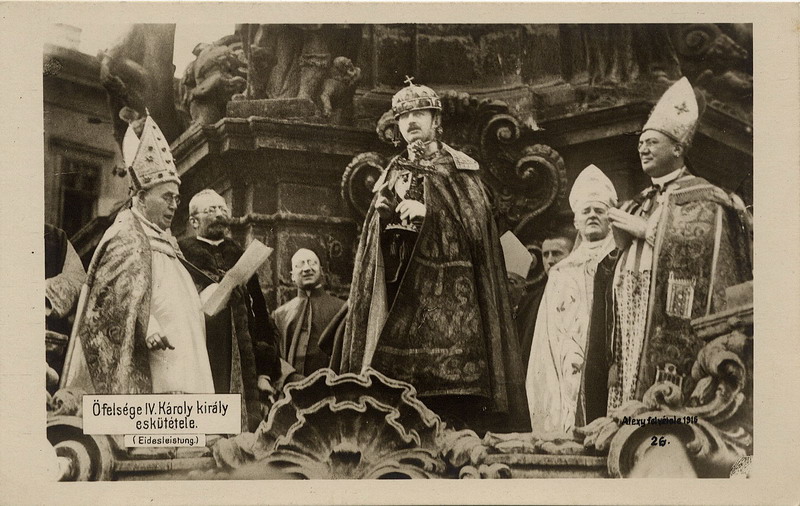














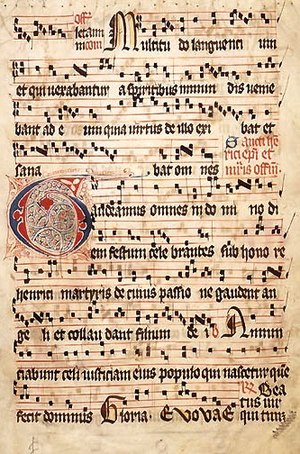

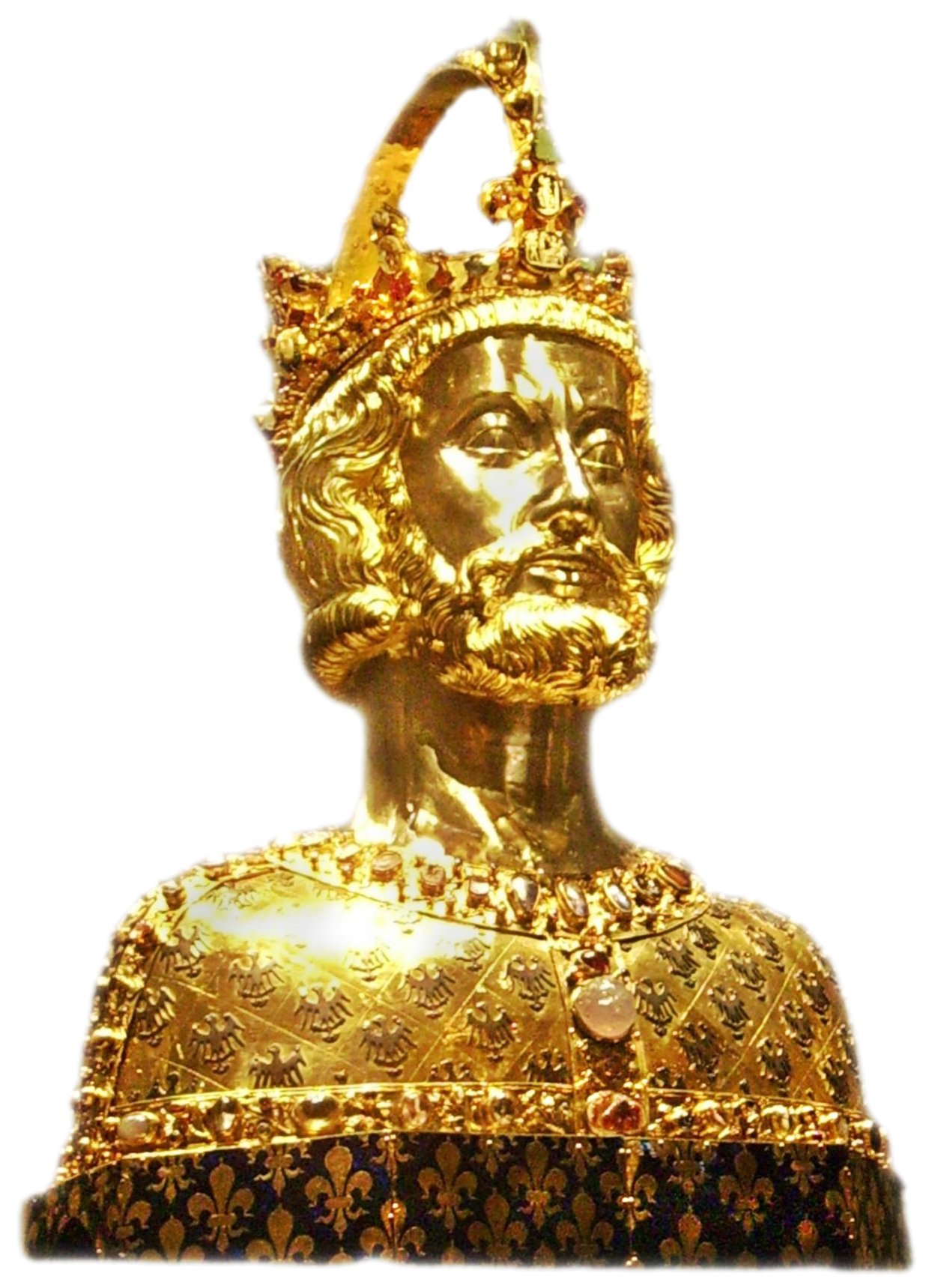



.jpg)


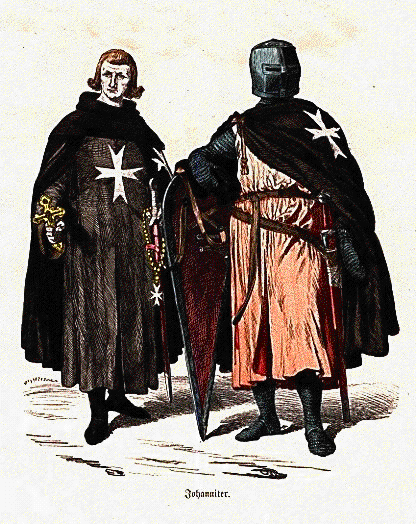

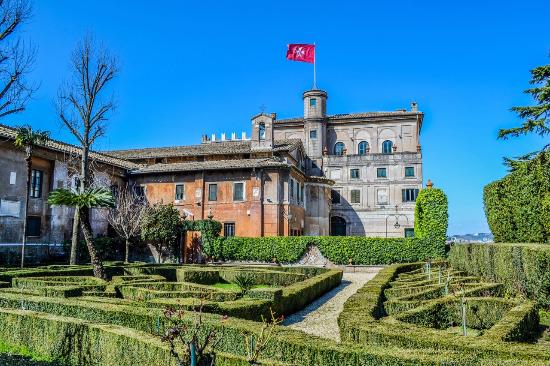


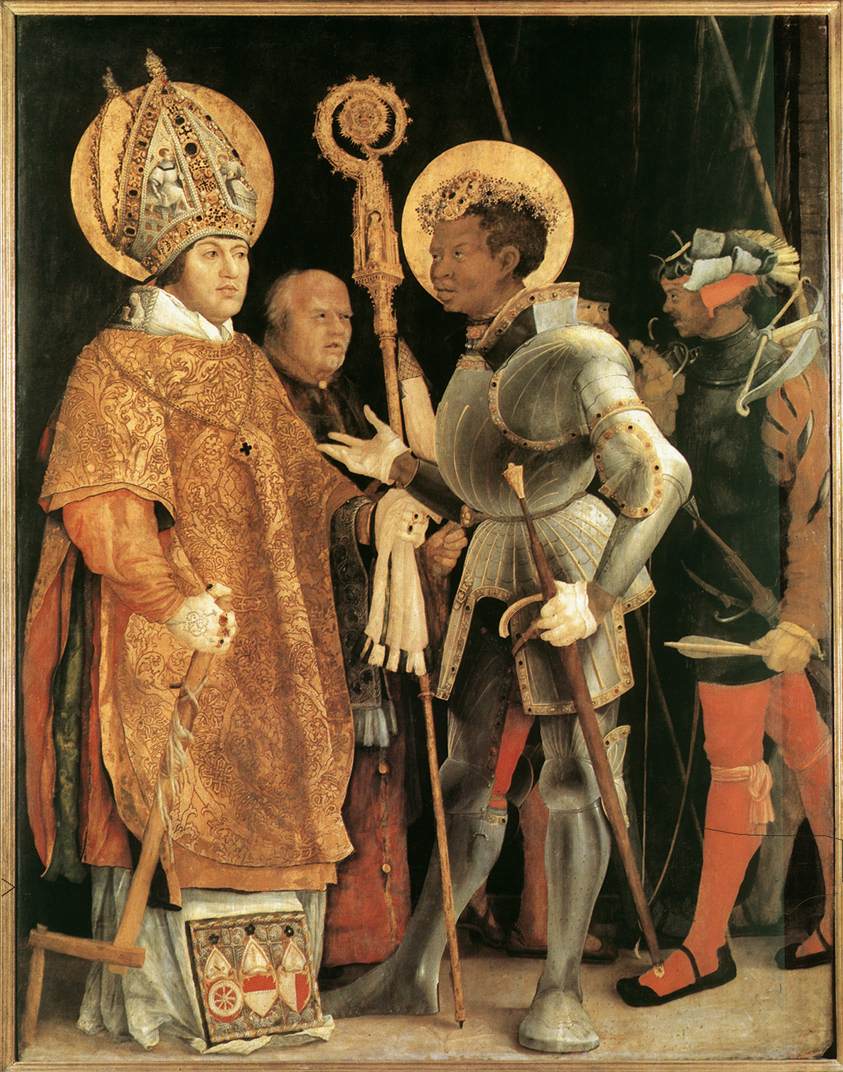
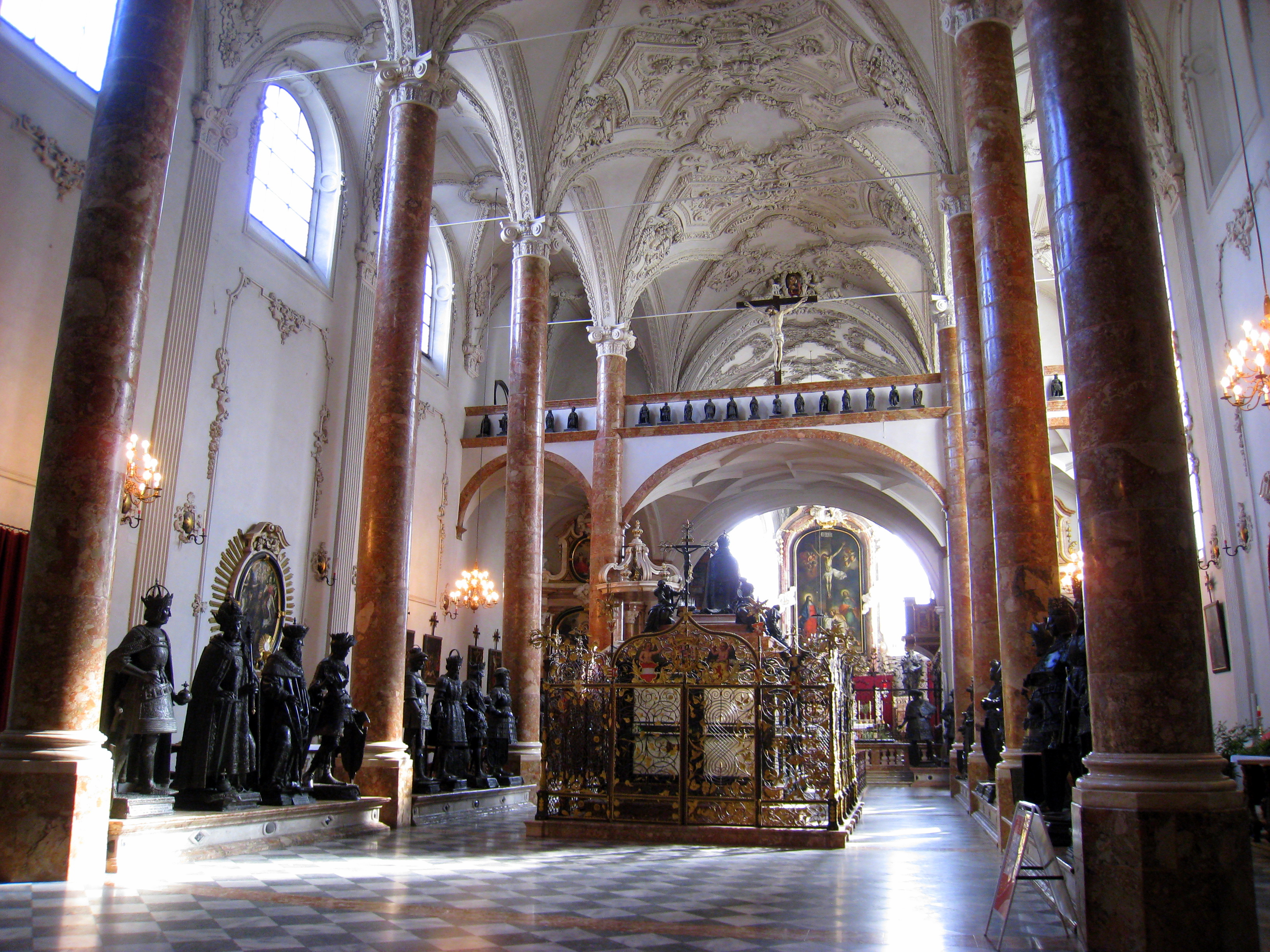


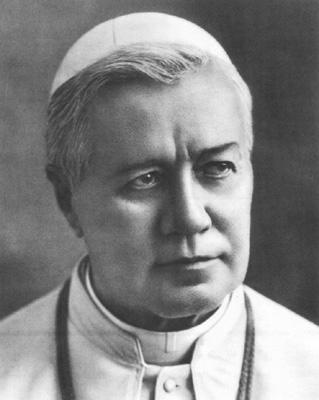






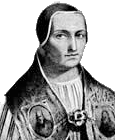






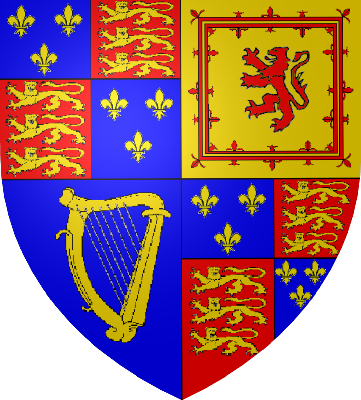
_-002.jpg/220px-Circle_of_Anton_Raphael_Mengs,_Henry_Benedict_Maria_Clement_Stuart,_Cardinal_York_(ca_1750)_-002.jpg)


